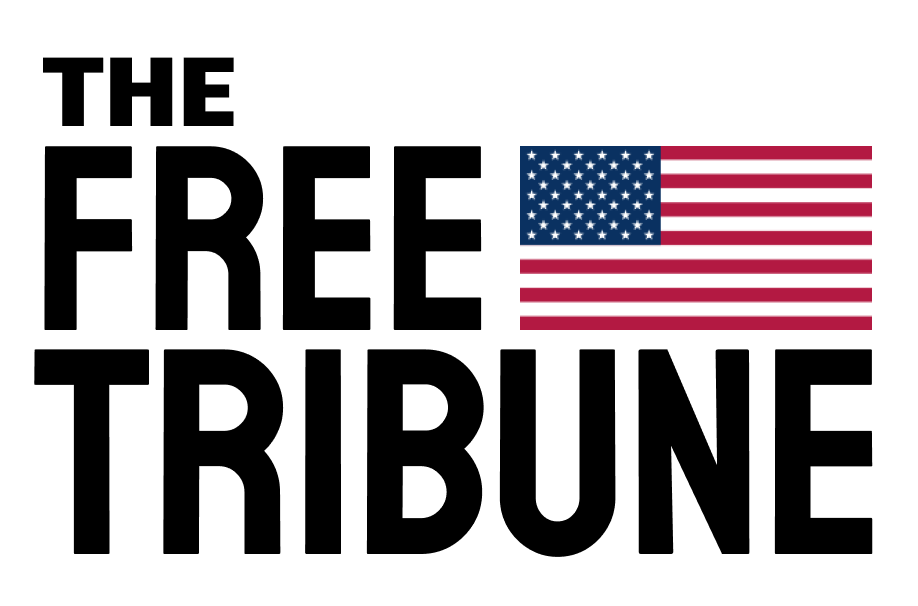On Monday, crews initiated a meticulously planned demolition to dismantle the largest remaining section of the collapsed Francis Scott Key Bridge in Baltimore.
The primary objective of the demolition was to liberate the Dali, a container ship stranded in Baltimore harbor for 48 days. The vessel had lost power and collided with one of the bridge’s support columns shortly after departing on March 26, resulting in the bridge collapse.
Tragically, the accident claimed the lives of six construction workers and disrupted maritime traffic in the bustling port.
The Francis Scott Key Bridge, a vital commuter route carrying the Baltimore Beltway I-695 over the Patapsco River, is also the state’s primary thoroughfare for hazardous materials, which cannot traverse the underwater tunnels in Baltimore.
Witnesses observed the mangled steel trusses plunging into the water below as part of the controlled collapse, carefully orchestrated to avoid further contact with the vessel and facilitate its refloating.
Officials confirmed the successful execution of the detonation. The subsequent cleanup phase involves assessing the remaining trusses on the Dali’s bow to ensure unobstructed refloating and relocation.
Last month, the U.S. Naval Institute reported that the Chesapeake, the East Coast’s largest crane, arrived to assist in clearing the wreckage left by the Dali’s collision with the bridge.
While reconstruction of the bridge awaits completion of the cleanup, the Maryland Department of Transportation estimates that the Francis Scott Key Bridge will be rebuilt by fall 2028, with projected costs ranging from $1.7 billion to $1.9 billion.
Some experts anticipate a prolonged timeline for the project, with estimates ranging from a decade to longer. The original Francis Scott Key Bridge, which cost $110 million and opened in 1977, took only five years to build.

